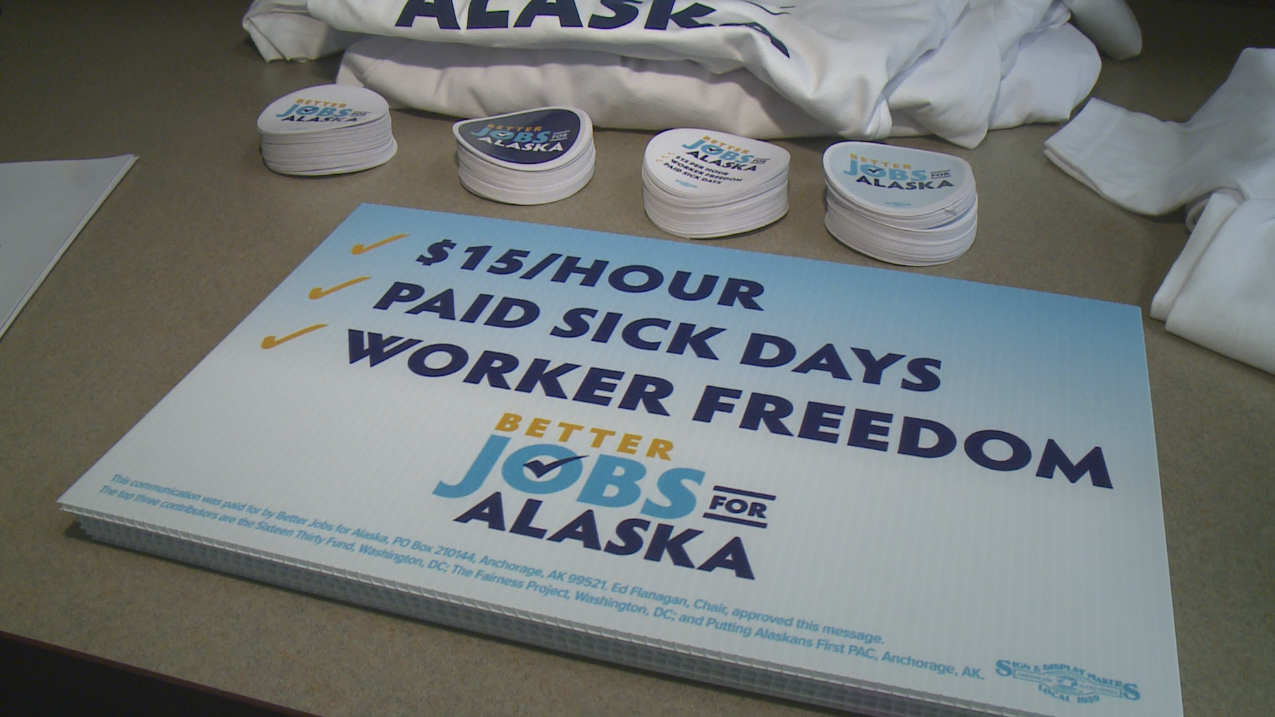Recently, 4 Day Week Global, organized by researchers at Cambridge University, Oxford University, and Boston College, released a report detailing the full findings of the world’s largest 4-day workweek trial. The trial involved 61 companies and approximately 2,900 workers in the UK from June to December 2022.
The study examines the effects of transitioning from a 40-hour to a 32-hour workweek. This document is the third article of a three-part series. Part 1 – History can be viewed here. Part 2 – Preparation can be seen here. Part 3 looks at the values of having a 4-day workweek for the company and employees.
Value to the Company
In pre-pilot interviews, companies wanted to participate in the 4-day workweek study because they had seen positive findings from Iceland, Japan, and other studies. They believed the 4-day workweek was the future of work and wanted to be on the leading edge of historical change. In addition, these companies wanted to maintain their competitive advantage in finding and keeping their workforce.
Revenue and Expenses
Revenue is perhaps the most global measure of performance. Because of the efficiencies in work processes, meetings, and automation, revenue for this study group stayed statistically the same, with revenues increasing by 1.4%. However, labor expenses like turnover, training, and absences dropped over this same period.
Resignations and New Hires
Resignations declined substantially over the time of the study from 2 to .08 per 100 employees, or 57%. With the lack of people leaving, new hires declined 37% from 3.4 per hundred employees to 2.4. With the average cost to hire and train a new employee at $4100, these savings can be significant.
Absenteeism
Absenteeism, defined as sick and personal days, declined as well during the length of the study. It fell from a reported 2.0 days per employee per month to just 0.7 days during the trial, or a 65% reduction. These additional working days increased productivity during the trial.
Overtime
In other positive findings, the frequency of overtime (working over 40 hours a week) also fell, both on average and in terms of individual experiences, with over a third (34%) of employees reporting reductions in overtime. Add in the 49% who did not have overtime before or after the trial, and it results in 83% of the workforce with no overtime.
Value to Employees
The study used a rating system before and after the trial to measure employee well-being factors, including emotional, mental, physical, financial, and family life. The following results came from the study.
- 71% decrease in Employee Burnout
- 37% showed improvement in physical health
- 43% showed improvement in mental health
- 46% reduction in fatigue
- 60% of employees reported it easier to balance family care responsibilities
- 73% said that they had greater life satisfaction
What did they do with the extra day off?
It is notable what employees would do with their extra day off. Most employees replied with ‘life admin’ – tasks like medical appointments, cleaning, grocery shopping, and household repairs. The extra day off also permitted a designated day of the week for medical appointments and visiting or caring for older family members.
Very few employees in the study took up an entirely new hobby or activity. Instead, most spent the extra time on activities they already enjoyed.
Children and Commuting
Employees with children found the extra day highly valuable because it saved money on childcare expenses. For example, couples on 4-day workweeks could schedule different days off and reduce their childcare expenses from five days a week to three or a 40% cost reduction. In addition, the extra day off gave them a designated day to schedule meetings with teachers or help with extracurricular activities.
Commuting expenses for employees in the study also declined, offering a 20% cost reduction with the 4-day workweek.
Would they go back?
Many employees had little desire to return to their old ways of working. When asked to make a hypothetical trade-off between working time and pay, 70% of employees said they would require a 10-50% higher salary to return to a full, five-day schedule. In addition, 8% claimed they would need more than 50% extra pay. For 15%, no amount of money could take them back from their new four-day week.
Conclusion
As the four-day week has continued to spread worldwide, a wide range of benefits have been touted by those shifting to a shorter workweek, from improved employee well-being to improved organizational metrics on recruitment, retention, and efficiency. In addition, shorter working hours left employees less stressed and burned out. Therefore, many employees reported that their life satisfaction had improved due to the four-day workweek.
Over 90% of employees had an excellent experience with the trial, and an overwhelming 96% stated they would prefer a 4-day workweek.
Previous Articles
Other articles on the history of the 4-day workweek and how to prepare for this transition are below:










